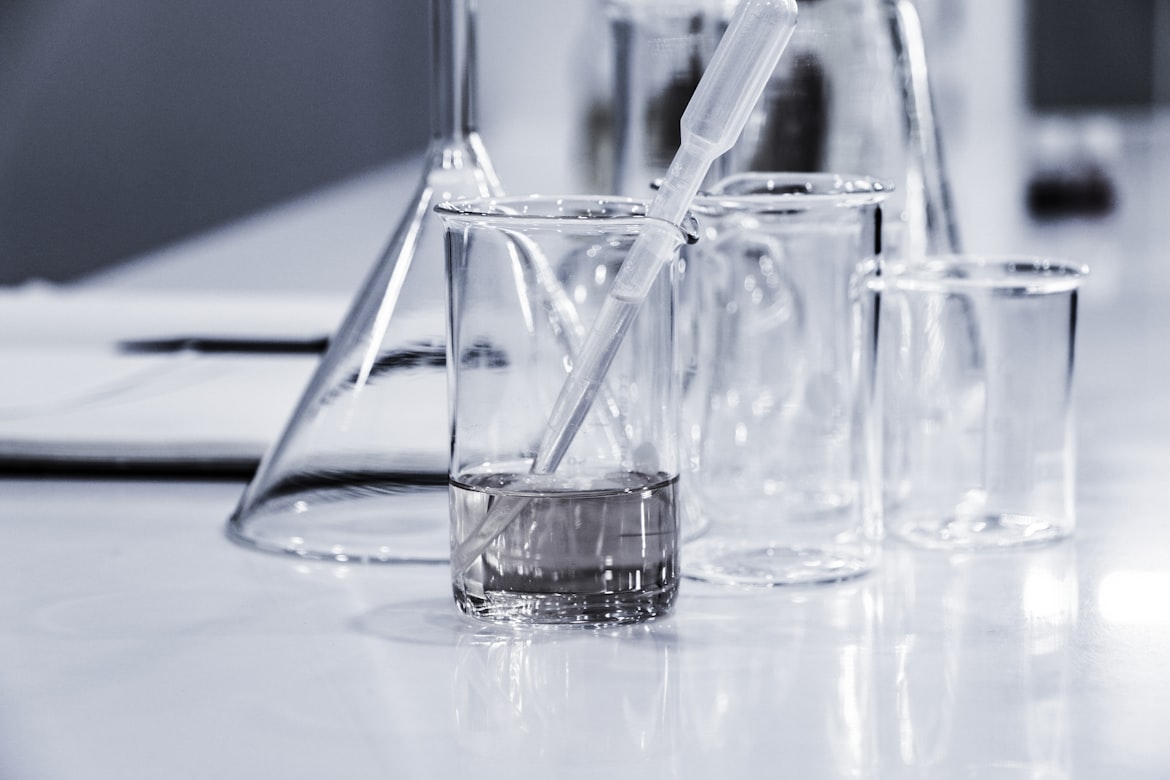The Invisible Universe Within
How AI and Synthetic Biology Are Revolutionizing Gut Health
The Microbial Metropolis Inside You
Imagine a bustling city with 100 trillion inhabitants—bacteria, viruses, fungi—all working, communicating, and influencing your health.
This is your gut microbiome, a complex ecosystem that scientists now call a "virtual organ" due to its profound impact on everything from immunity to mood. When this microbial community falls out of balance (dysbiosis), it's linked to inflammatory bowel diseases, obesity, Parkinson's, and even depression 1 8 . Traditional solutions like probiotics often fail—80% of probiotic strains vanish within 24 hours 1 .
But a revolution is underway: artificial intelligence (AI) and synthetic biology are converging to decode, redesign, and reboot our inner ecosystems. This isn't science fiction—it's the cutting edge of medicine.

The complex ecosystem of the human gut microbiome
1. AI: The Microbiome's Master Decoder
The gut microbiome's complexity is staggering—thousands of species producing millions of metabolites. AI cuts through this noise:
Disease Signatures
A landmark study of 4,489 samples revealed Parkinson's-specific microbiome patterns. AI models detected PD with 71.9% accuracy by spotting depleted Faecalibacterium prausnitzii 8 .
Personalized Predictions
AI predicts individual responses to diets or drugs. Models analyzing gut microbes can forecast glycemic responses to meals, enabling tailored nutrition plans .
AI Tools Decoding the Gut
| Tool | Function | Breakthrough |
|---|---|---|
| VBayesMM | Maps bacteria-metabolite links | Found sleep disorder-obesity links in gut 5 |
| SIAMCAT | Classifies diseases via microbiome | 68% accuracy for Parkinson's across studies 8 |
| Meta-Omics Integrators | Combines genomic/metabolic data | Predicted Crohn's flare-ups via protein markers |
2. Synthetic Biology: Engineering Microbial "Living Therapeutics"
While AI diagnoses, synthetic biology treats by reprogramming microbes:
CRISPR Precision
Gene editing tools insert therapeutic pathways into safe bacteria. E. coli Nissle 1917 was modified to break down phenylalanine, helping patients with phenylketonuria (PKU) 9 .
Engineered Bacteria as Medical Solutions
| Bacterium | Engineered Function | Target Condition |
|---|---|---|
| E. coli Nissle 1917 | Breaks down phenylalanine | Phenylketonuria (PKU) 9 |
| Bacteroides thetaiotaomicron | Produces high butyrate levels | Inflammatory Bowel Disease 1 |
| Lactococcus lactis | Secretes human interleukin-10 | Colitis 9 |

CRISPR gene editing in synthetic biology
3. The Breakthrough Experiment: Gene-Editing Bacteria to Treat PKU
Objective
To engineer E. coli Nissle to degrade phenylalanine (Phe) in the gut, averting brain damage in PKU patients.
Methodology Step-by-Step
- PAL (phenylalanine ammonia-lyase): Converts Phe to harmless metabolites.
- LAAD (L-amino acid deaminase): Boosts Phe breakdown 9 .
Results & Impact
50%
Blood Phe dropped within 48 hours
>2 weeks
Engineered bacteria colonized the gut
Revolutionary
Could replace lifelong protein-restricted diets 9
Key Reagents in Microbial Engineering
4. Challenges and the Road Ahead
Despite progress, hurdles remain:
Heterogeneity
Microbiomes vary wildly between individuals. AI models trained on one population (e.g., Europeans) fail elsewhere (average accuracy drops to 61%) 8 .
Standardization
The NIST Gut Microbiome Reference Material—a "gold standard" stool sample—now helps labs calibrate measurements 4 .
Ethics & Safety
Engineered microbes could transfer genes to native bacteria. Robust biocontainment is critical 9 .
Conclusion: The Future of Gut Health Is Personalized and Programmable
The fusion of AI and synthetic biology is transforming gut health from guesswork into precision engineering. Soon, patients might swallow capsules containing AI-designed bacteria that diagnose inflammation, produce therapeutics, and report data via stool tests—all while harmonizing with their unique microbial fingerprint.
"We're not just treating disease; we're reprogramming ecosystems" 1 9 .
With clinical trials accelerating (like the microbiome therapeutic SER-155 for infections in cancer patients 7 ), this invisible universe within us is finally yielding its secrets—and its solutions.